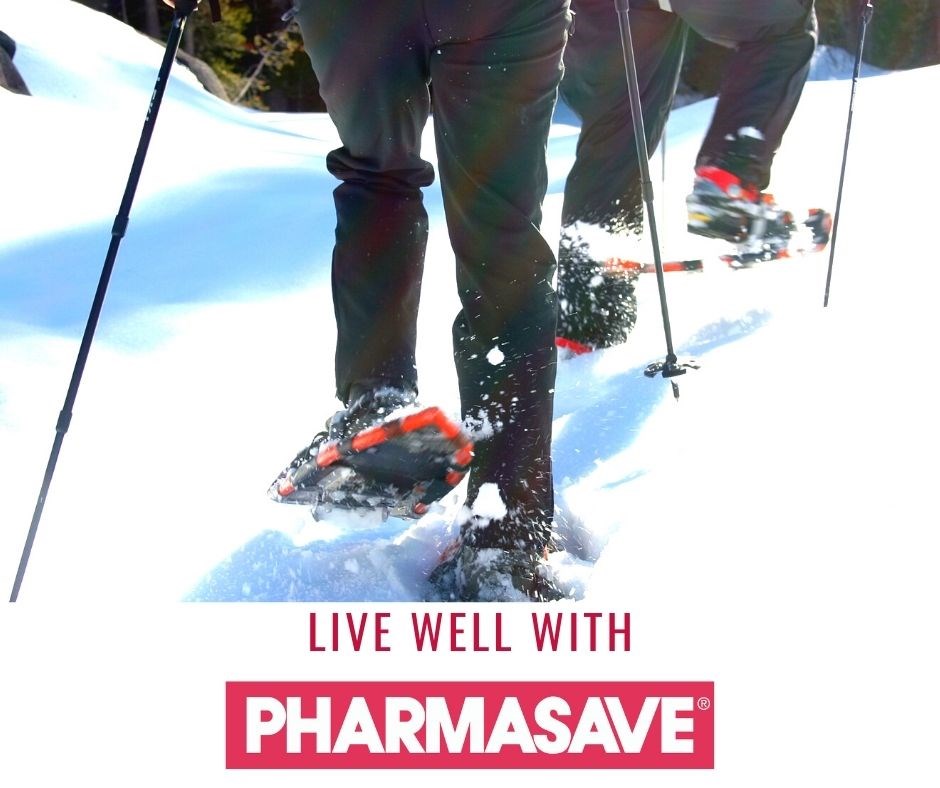
Laurie-Ell Bashforth | Special to the 51°µÍø
It’s understood that regular physical activity leads to our physical well-being. What’s not always understood is that it has a big part to play with our mental well-being too.
Recent research indicates that:
- active, physically fit individuals do not react to difficult situations with as much stress as inactive people
- regular exercise programs have been found to prevent, and reduce, symptoms of disease - these include reduced risk of heart disease, low back pain, depression and osteoporosis, to mention only a few
- an active lifestyle improves sleep, mood, sexual activity and self-esteem by increasing energy, facilitating weight loss and providing for greater social contact
- aerobic exercise improves endurance and cardiovascular health while non-aerobic activities enhance flexibility and strength
Over these many months we’ve all had a lot of new stressors in our lives. We've been hit heavy and hard with uncontrollable events. If you're not replenishing the physical and mental energy your body takes to handle chronic stressors, eventually your resourcefulness diminishes.
We can take steps to help our mental well being and exercise is one of the quickest and most efficient ways to do that.
Physical activity doesn’t have to be strenuous or difficult to be of benefit. In fact, all of us have many opportunities to become more active in our daily routine. Head to the dog park even if you don’t have a dog (it’s a fun place to be). Walk to the store instead of driving. Help shovel a neighbor’s sidewalk. My favorite, search for a parking spot further away from the door rather than closer to it.
It's never too late to become active (or have fun by the way).
If you already are, keep at it. If you’re not, start!
Here’s some tips when you’re just starting:
- Talk to your doctor: Before starting, ask your physician about any limitations on your activity if you have concerns
- Pick the right activities for YOU: The biggest challenge is keeping at it. Pick activities that you really enjoy. Ideally, alternate between aerobic (cardiovascular) exercise (in which your heart rate accelerates into a target range for 20 minutes or more) and anaerobic exercise (such as weight training or yoga).
- Variety helps: Pick more than one activity and alternate them. Include at least one thing you can do when the weather is poor and have ideas for both summer and winter. Experiment. If you haven't tried something before, give it a shot (but use caution to avoid beginner injuries). Remind yourself that if you don't like it you can always switch to something else.
- Stretch first: Learn how to do stretching exercises properly, then make sure to do them before each exercise session. This can help reduce the likelihood of exercise-related pain or injury.
- Exercise with a friend: Or make new friends when you exercise. This will increase your motivation and enjoyment of your activities and you are more likely to achieve your goals when you have the support of another person.Â
- Frequency is more important than duration: Regular short periods of exercise (three or four times a week) are better than irregular long periods. The secret that works for me is to plan for it every day. Life almost always gets in the way on some days, so by planning it seven days a week I actually get in three or four periods of exercise consistently.
- Focus on enjoyment: This is so important. There are many ways to move your body that’s enjoyable. When we find joy in an activity it becomes more like play. We all need a little play, no matter what our age is! Find an activity that makes you feel vital and vibrant or makes you laugh. Use the time to connect with others if it feels good, or instead find you quiet and peace in a hectic day. Focus on how you want to feel rather than just looking better. You’ll stick with it and stay healthier and happier in the long run.Â
- Nothing changes overnight: I used to teach children how to read. The first thing we’d talk about was stamina. When starting something new we don’t have the strength (mental or physical) to do it for a long time. Our stamina increases with practice. When you’re learning to read it’s hard to sit down for the first time and read silently for 20 minutes (trust me, it’s hard). If you were to take up running for the first time it would be difficult to run 10k on your first outing. To build your stamina and achieve your goals you start small and move from there. For example, look for a run/walk program to begin any running; or aim to swim once for five minutes rather than starting off by committing yourself to 20 laps a day; walk around the block first before you hike Old Fort Point. The key idea is not fast changes that may leave you hurting, or you’ll quit in a week, but keeping your body moving into the years ahead.
Our body is meant to move. Keeping it strong and healthy doesn’t mean looking buff and toned. It means keeping it active and treating it well so that it stays active. Exercise is simply an activity. So, try it on by starting something today. It’s worth it.
Have more questions? Ask your Pharmasave pharmacist.
Want more healthy hints? Find us on Facebook at Pharmasave Jasper or sign up for monthly emails at Pharmasave.com. Just put Jasper as your local store.



